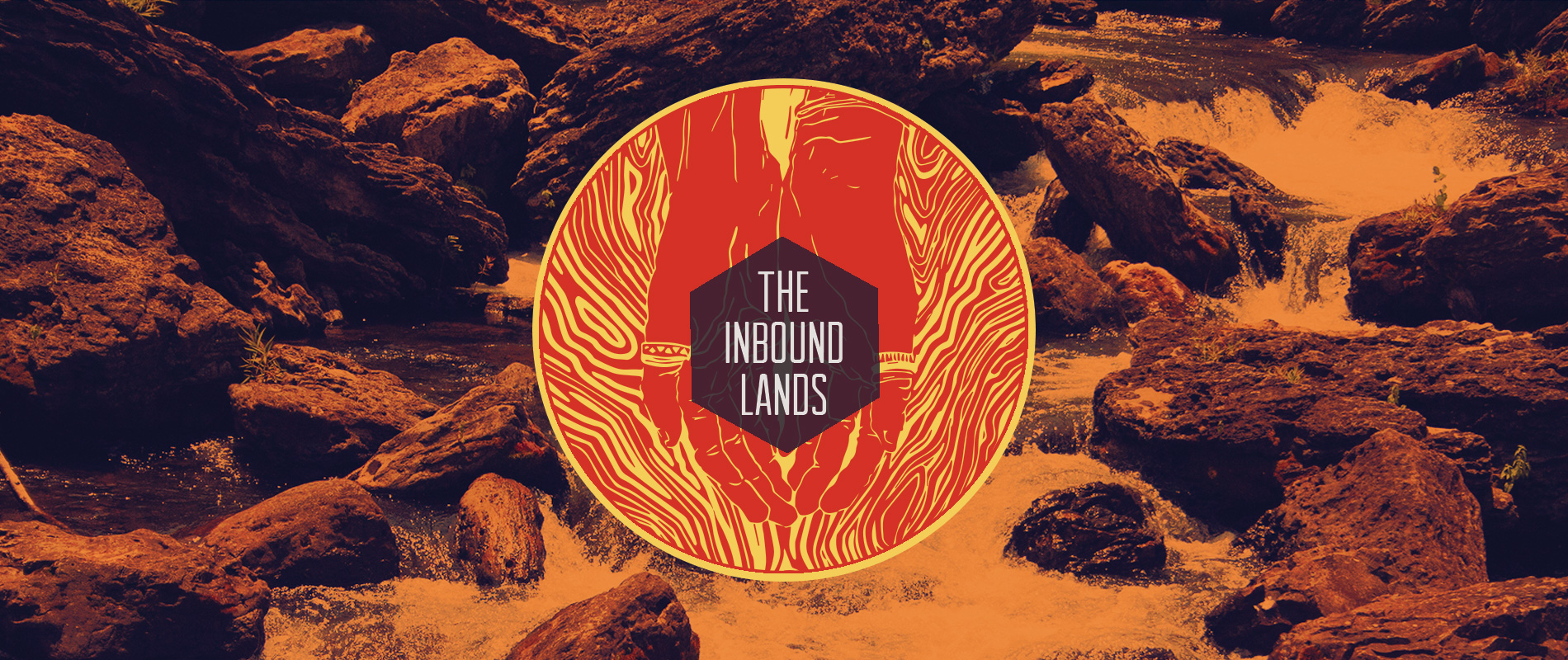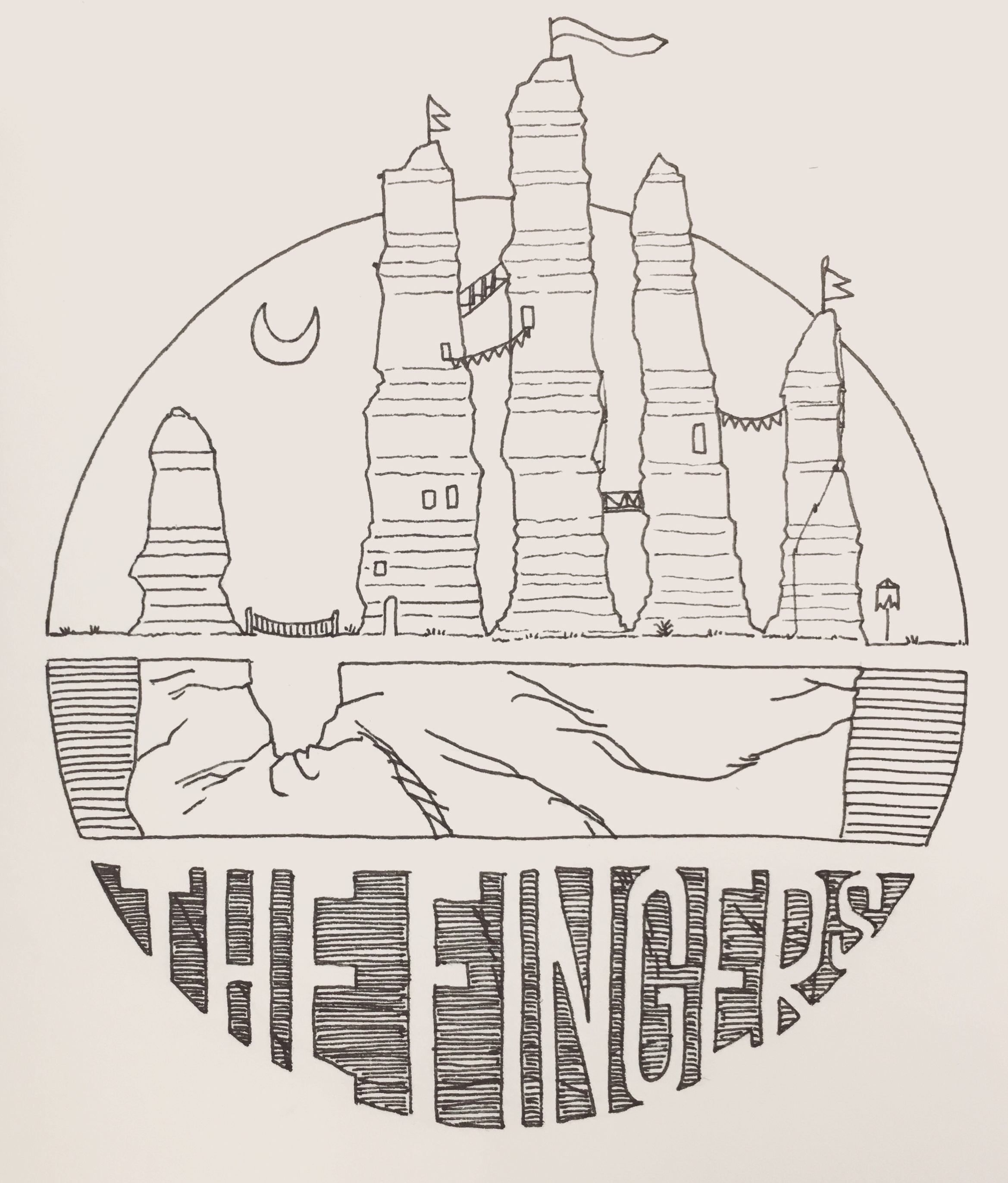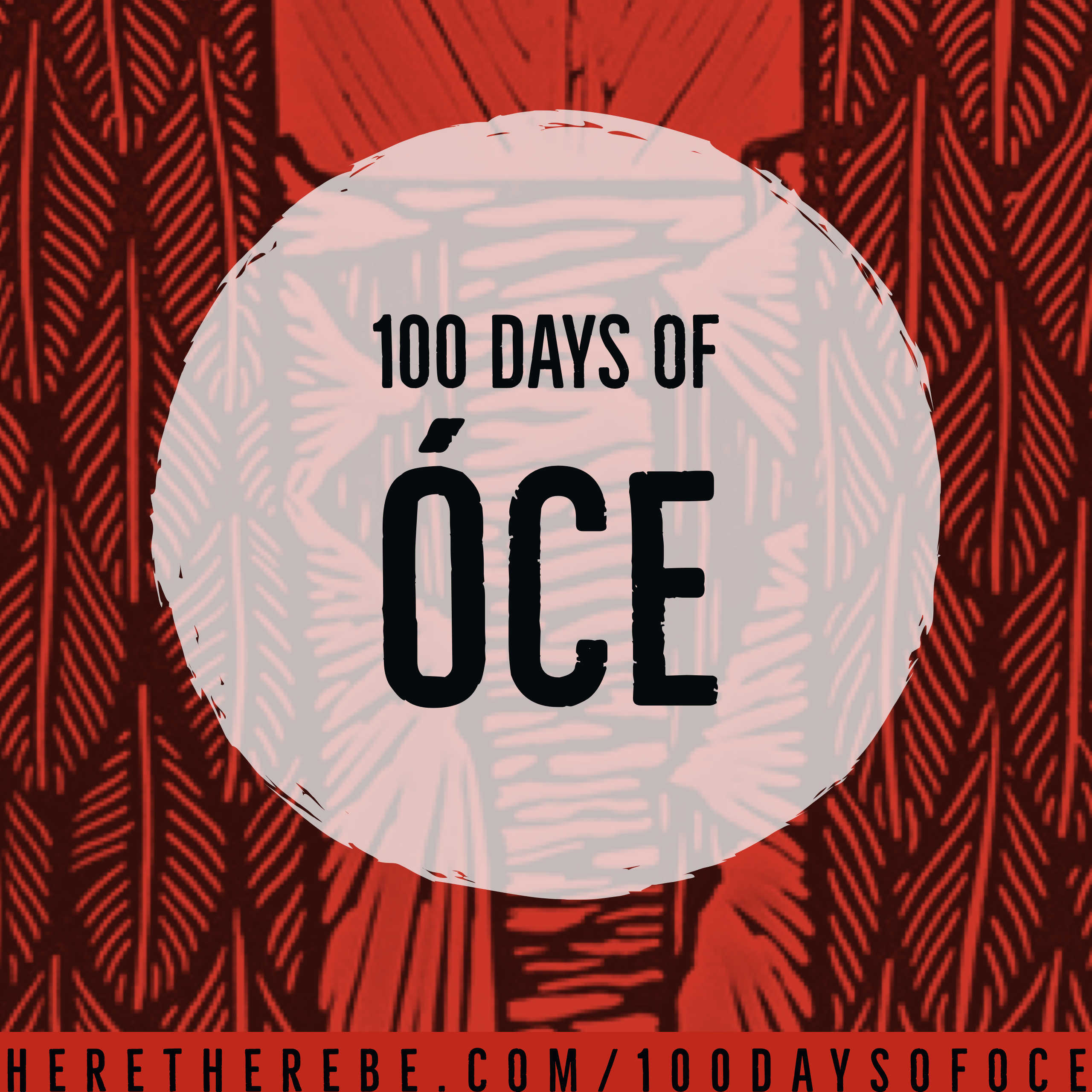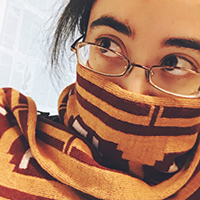Early History in Birdfolk Mythology
Large jutting elements of the landscape are religiously significant: the Birdfolk believe they are the tips of jutting eggs, and such places are revered as hatching locations of gods. For much of the greater Man^ce^nonbe, or the great concentration of stone pillars and buttes of The Palm, it is said that this must have been a Hatchery. Even shards of scree are viewed as evidence of places where ancient eggshells lay broken.
O-pa'zo is a spiritually significant place where the Birdfolk can learn from the failed lessons of those who attempted to come before. In the case of the Sata Mesas themselves, the intricate network of Mechanworks is seen in superstition, viewed as the unhatched bones of these giants, dead in the egg. Their emptiness is seen as sacred, as practical as it is spiritually moralistic: the foul, often poisonous, gases that accumulate in these ancient, deep, unopened areas, are said to be the rot of the dead. Descending into such places is best done with caution and care.
Even without the religious underpinnings, O-pa'zo is coveted for its Mechanworks: prior to the Foxen Resettlement in -111
zk, many pilgrims journeyed to The Fingers to sate scientific curiosity as well as seek spiritual fulfillment. The Mechanworks of the Citadel owe much to those discovered within the Sata Mesas, and for many, the wealth of knowledge alone was worth reclamation efforts.
Due to its spiritual connotations, pre-Unification Flocks visited the site, but no one Flock considered it part of their territory, and travel to the buttes was unimpeded.
As Occupied Territory by the Foxen
This stance towards The Palm as "unclaimed" neutral ground undoubtedly influenced the decision of
Coyotl to lead and secretly resettle the Foxen refugees in the area.
By the time it became obvious that the Foxen were residing in The Fingers, removal was impossible. Even in the early years of seige, the Foxen - who had survived the brutal and lengthy footcrossing of
The Empty Quarter as well as whatever terrible circumstances had led them to abandon their original Westernward home - were hearty, stoic survivors accustomed to difficult lives of constant movement and crisis. What would become The City of The Fingers was paradise in comparison, and they would not give it up.
Reclamation Efforts prior to Unification
The Palm, previously a neutral haven and a spiritual gathering point, was now dangerous territory; what was initially considered a nuisance had become a full-on crusade to reclaim territory, with more Flocks joining the skirmishes.
A number of key aspects to Birdfolk life were threatened: the power imbalance between Flocks was widening; the structural integrity of the various Flocks was collapsing as members from all Flocks abandoned their company obligations in favor of joining the fight to reclaim The Palm. Even if successful, there came the uncomfortable decision of who would then be in charge of protecting the grounds from further "invasion." The situation could escalate quickly out of control, turning a relatively peaceable merchant empire into a barely unified, unstructured, and highly militant force whose suspicions could again quickly turn inward on each other once an external enemy was extinguished.
These concerns led to the first true Council meeting. Using a commonly spoken spiritual goal of reclaiming the area of The Palm, this allowed what would become the Council to strategically foster a secret missive: what would later openly be known as
the Unification Discourse.
"We cannot change the direction of the winds, but we can turn and harness them." — Ho'htan, Flock Council, Aniza Flock Representative
Events leading up to the Eastern Treaty, Post-Unification
The goal quickly gained momentum and approval, who saw the motion both as key to regaining The Palm, and also necessary to maintain the neutral status of the grounds "once reclaimed."
However, reclaiming The Fingers was easier said than done. The buttes were a self-sustaining, easily defended fortress. Additionally, the Birdfolk found themselves needing to turn their newly unified government in a different direction, in order to survive the growing
Beanfolk threat.
The redeeming factor was that Beanfolk were equally aggressive to all others. Though Beanfolk aggressions were also unable to unseat the Foxen, their much more dangerous sabotage attempts on the Kkaxe River water threatened to destabilize not only the Foxen, but the entirety of the Middle, Western, and Southern Coast.
The Foxen realized that their only option was to seek a compromise with their other rivals, the Birdfolk.
"The spokes of a wheel cannot move without the others." — Ahkigar, Flock Council, Yumani Flock Representative
The Eastern Treaty
At first, attempts to get the attentions of the Flock Council were ignored: the bulk of groundlevel troops at The Palm were led by Satta Ppahi^, a faction whose fiercely pro-Reclamation beliefs created an atmosphere less amenable to hearing anything less than outright surrender. Despite these terrible setbacks, the Foxen persisted, and their pleas for dialogue were finally received.
The initial response was an uproar.
Reclamation had been the primary "push" for Unification, and the Foxen proposal - that they reopen the area and assist against the Beanfolk and in larger Birdfolk matters, in exchange for the ability to remain at The Fingers - disrupted that mission entirely. The idea that nonBirdfolk would continue to "caretake" historically Birdfolk land felt initially preposterous.
But after several devastating losses in the Bean War, the Flock Council reconsidered. The Foxen, in a show of good faith, invited representatives of the Flocks to tour and view not only the restorations they had made to The Fingers, but to see the damaged water systems and the unmistakable marks of Beanfolk corrosion. In the buried bastions of a single facility room, the Beanfolk threat to the entire countryside was made real. The visit changed the minds of the leadership, and the course of the war.
It was proposed that such caretaking could solve the problem of who would watch over The Fingers: a neutral faction such as the Foxen meant that no one Flock would have dominance over such an important cultural and geographic point, and the Foxen willingness to operate under larger Birdfolk jurisdiction ensured the Flock Council would still maintain ultimate control over the area, without having to physically devote resources to maintaining the space. The reopening of The Palm, with the increased support of the Foxfolk, would allow Birdfolk to cross the Eastern Gateway to The Thenar; with their Walkingfolk allies in the North and South, this created a three-pronged warfront with which to challenge the Beanfolk.
Effects of The Treaty
The Eastern Gate opened up the Eastern side of the Kkaxe River, greatly increasing Birdfolk expansion into the Scrublands and North, and allowing for the eventual submission of
The Green.
Though Unification held, the events of the treaty had the unique effect of splintering what had once been one of the strongest Flocks: the Satta Ppahi^. Already divided for practical reasons - one held the river, while the other managed the riverwalls - the signing of The Eastern Treaty created impetus for the group to split into two independent Flocks: the Satta, and the Ppahi^.
Those who kept to the Satta did so largely due to their expertise among the rock, but also as a cultural matter: most tied to the spiritual history within the buttes of The Fingers, these fierce climbers had been at the fronts for Reclamation, scaling endlessly the besieged buttes in efforts to retake Birdfolk spiritual land. The war with the Foxen, for them, had been personal and devastating, and it was hard for the Satta to withdraw from the buttes they had considered a personal sanctuary and a cultural home.
In contrast, the Ppahi^, as riverrunners, recognized that the treaty would save their trade routes and traditional territory. In addition, their waterbased forces had suffered the most casualties during the Beanfolk attacks at the Oxbows. Lastly, as the river was the source of their power, they recognized a successful Beanfolk sabotage on the water supply would damage their livelihood first, and most heavily.
The differences broke the Flock apart, and when the dust settled, two separate groups remained: tied together by the nature of their landscape, but as distinct in character as the rock and water they mastered.
Current Day
The history between various groups still creates issues to this day, even through the lasting peace of the Eastern Treaty: Flocks have been known to butt heads with Foxfolk policy, dispute Foxen trade rates, or cause minor cultural offenses between the two groups. Additionally, much has been learned from the cultural relations of the two peoples as they navigate sovereignty and Foxen Rights, leaving a complicated relationship with interspecies justice.
Despite the challenges, contemporary relations between Foxen and Ni'kashiga Birdfolk continue a trend of peace. The Foxen continue their way of life under their embassy, with some concession to Birdfolk law and Flock trade regulations.









Damn! This was an amazing article! Plenty of detail to take in and I like it! You manage to portray a settlement really well and cover almost all the topics as required in the challenge. Whilst not the best entry I’ve seen so far, it struck the charm nevrtheless for me! As for critique, I’d say expanding a bit more upon some of the terms found in here using tooltips or if you have articles for them , linking. It’s probably the only thing that’s holding the article from being a technical masterpiece . Also, what are the key landmarks in the city? What things attract tourists here and what can one do in this city? I know that the wordcount limit for the current challenge gets in the way and forgive me if my advice was bland. I really don’t excel in the department of critiquing other articles. But still, Congrats and keep up the great work!
Hey, thank you so much for taking the time to read and comment! I really appreciate it. There's so, so much more I could say about this place....and I'm looking forward to post-challenge to be able to flesh in even more. And, more and more articles to come, as I continue the process of building out the world here. But the suggestion for the tooltips additions is perfect; I hadn't considered that as an option (as I'm still learning the ropes) and this will help fill in some of the gaps, for now :) Again, thank you so much!